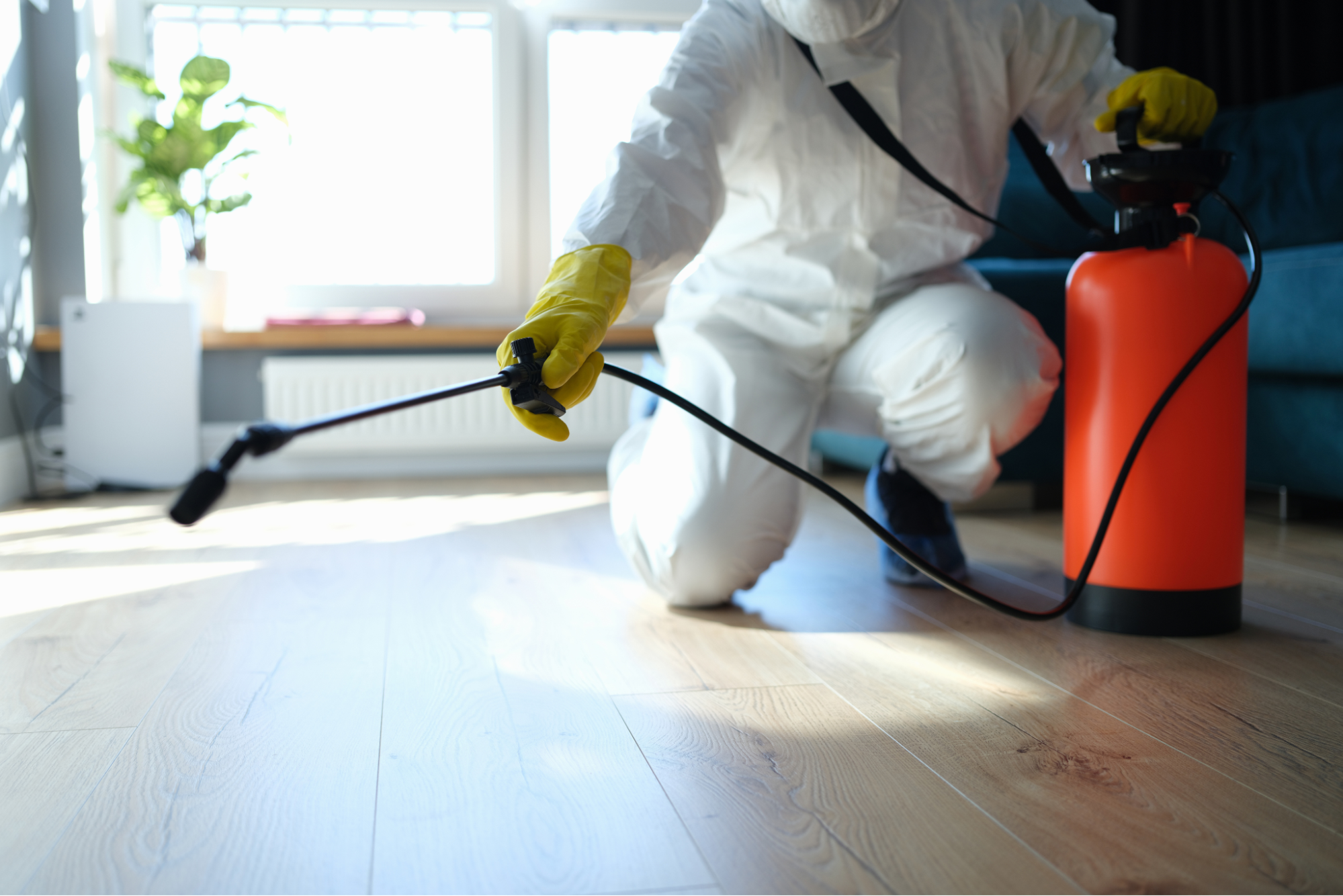A1 Charlotte Pest Control Companies - Your Neighborhood Pest Experts
Bed Bug Treatment Breakdown: Comparing Chemical Vs. Non-Chemical Solutions
In the world of bug control, particularly when taking care of the consistent problem of bed insects, the option in between chemical and non-chemical treatment options can be a critical one. Both strategies use unique benefits and disadvantages, influencing elements such as effectiveness, safety and security considerations, and general expense. By examining the nuanced details of each method, a more clear understanding of which course to go after in dealing with a bed insect infestation can be obtained.
Effectiveness of Chemical Treatments
Chemical treatments for bed pest invasions have been commonly recognized for their rapid and potent effectiveness in removing these parasites. When thinking about the performance of chemical therapies, it is essential to recognize that they can provide a thorough and quick remedy to a bed insect problem. Professional pest control specialists usually depend on pesticides to target bed insects at numerous stages of their life cycle, consisting of grownups, nymphs, and eggs. These chemicals normally function by disrupting the bed bugs' nervous system, resulting in paralysis and ultimate fatality.
Additionally, chemical therapies have the benefit of offering residual effects, implying that they can remain to get rid of bed bugs even after the preliminary application. This residual action is specifically beneficial in combating any possible re-infestations. In addition, the quick action of chemical treatments can bring relief to people facing severe bed insect infestations, allowing them to reclaim control of their space quickly.
Security Worries With Chemical Solutions
One vital aspect that calls for cautious factor to consider when making use of chemical solutions for bed pest treatment is making sure the safety of passengers and the setting. While chemical treatments can be efficient in removing bed insects, they might present dangers otherwise taken care of effectively. Among the main safety worry about chemical remedies is the potential damage they can cause to human wellness. Exposure to specific chemicals made use of in bed pest therapies can result in respiratory concerns, skin irritability, or other negative responses, specifically in individuals with pre-existing problems or sensitivities. Additionally, incorrect application or dose of chemical pesticides can cause harmful deposits lingering in the treated area, presenting lasting health and wellness threats to occupants.
In addition, the ecological influence of chemical options is an additional substantial factor to consider. Some pesticides made use of in bed insect therapies may be dangerous to useful insects, wild animals, and communities if they leach right into the soil or water supply. It is important to make use of chemical therapies carefully, adhering to safety guidelines, and considering much less poisonous alternatives to alleviate these threats and make certain the safe and efficient monitoring of bed insect invasions.
Advantages of Non-Chemical Strategies
Thinking about the prospective safety concerns and ecological impact connected with chemical solutions for bed insect therapy, checking out non-chemical strategies offers an encouraging option with numerous distinct advantages. Non-chemical techniques offer a much safer option for houses, particularly those with people, family pets, or youngsters delicate to extreme chemicals. These strategies get rid of the dangers of direct exposure to toxic substances, reducing the possibility for adverse health and wellness results. Moreover, non-chemical therapies are eco-friendly, as they do not add to air or water pollution, making them a lasting selection for pest control.
Additionally, non-chemical solutions can be efficient in targeting bed insects, including hard-to-reach areas where chemical treatments might not penetrate - A1 exterminators charlotte nc. Methods such as warm therapy, vacuuming, vapor cleaning, and mattress coverings give comprehensive elimination without the usage of damaging chemicals.
Limitations of Non-Chemical Treatments

In addition, non-chemical therapies frequently need several applications to accomplish effective go to my blog removal. This can be lengthy and might not always guarantee complete removal of all bed pests and their eggs, particularly in hard-to-reach or concealed areas.
In addition, the success of non-chemical therapies heavily relies on appropriate execution and thoroughness, which can be challenging for people without specialist competence. Poor application of non-chemical approaches might lead to incomplete removal, resulting in consistent infestations and the requirement for added treatments.
For that reason, while non-chemical treatments have their benefits, it is necessary to acknowledge these limitations and consider them when identifying the most effective approach for taking care of bed insect invasions.
Cost Contrast: Chemical Vs. Non-Chemical Options
Provided the limitations connected with non-chemical treatments, an essential aspect to review in the context of bed pest monitoring is the expense comparison in between chemical and non-chemical alternatives. In comparison, non-chemical therapies like warm treatment or vapor can be a lot more pricey, with costs ranging from $1,000 to $6,000 for a carpenter ants pest control whole home. While the initial cost of chemical therapies might appear lower, multiple therapies might be required to totally get rid of the invasion, potentially increasing the general expense.
Verdict

Taking into consideration the potential security issues and environmental influence connected with chemical options for bed bug treatment, checking out non-chemical methods presents an appealing option with a number of distinctive benefits.Given the limitations associated with non-chemical therapies, an essential element to examine in the context of bed insect management is the price comparison in between chemical and non-chemical choices. In contrast, non-chemical therapies like warm therapy or vapor can be more pricey, with expenses ranging from $1,000 to rat problem $6,000 for a whole home. While the preliminary cost of chemical therapies might appear lower, multiple treatments might be required to fully eliminate the problem, possibly boosting the overall expense.In verdict, when contrasting chemical and non-chemical bed bug treatment options, it is crucial to consider efficiency, safety, advantages, constraints, and price.